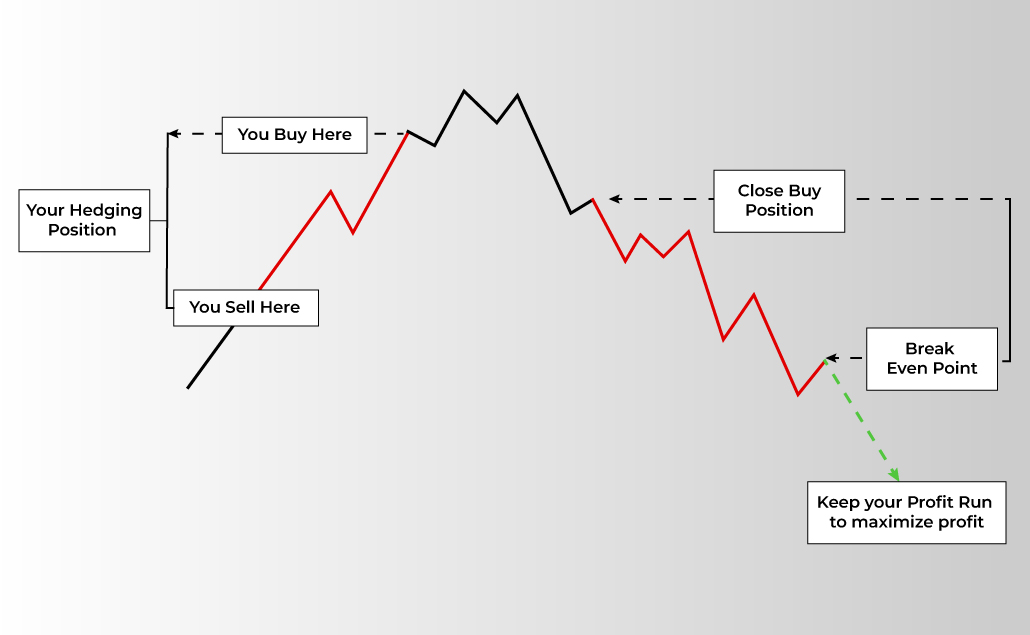Hedging is a strategy that seeks to reduce potential losses by using different financial instruments to offset potential losses from unfavorable price movements. Hedging strategies can be used to manage portfolio diversification, protect against unforeseen events, and reduce the risk of extreme losses. With its versatility and liquidity, forex is the perfect vehicle for hedging strategies, as it provides traders with a large variety of assets that can be used to manage risk.
The basic concept behind hedging is to use an array of strategies and instruments to limit potential losses or capture profits. By combining different strategies, such as stop-loss orders, futures contracts, and options, traders can effectively limit their risk while still having the opportunity to achieve gains. Stop-loss orders are used to limit losses when the market moves against the trader’s expectations, while futures contracts and options provide traders with additional flexibility, allowing them to determine the potential payoff of their investments.
By protecting their investments with a hedging strategy, forex traders can minimize their risks and maximize their profits. Furthermore, the large liquidity of the market allows traders to adjust their strategies quickly and easily if needed. Hedging can also be used to diversify a portfolio and maximize returns. By balancing the risk of loss with the potential for gain, hedging strategies can help traders achieve consistent and profitable results.
Hedging in Forex Example
An example of hedging in forex is the use of a stop-loss order, which is a trading order used to limit losses if the market moves against the trader’s expectations. Stop-loss orders can be placed below the current market price and set to trigger when the price reaches a certain level. As the price of the currency pair moves lower, the stop-loss order will be triggered and the trader’s losses will be limited. Hedging strategies can be used in combination with stop-loss orders to limit potential losses while still allowing the trader to take advantage of a potential upside. By combining the two strategies, traders can protect their investments and maximize their profits.
Keep learning more with Eurotrader
How does Hedging Work in Forex?
Hedging strategies involve the use of different financial instruments and techniques to limit potential losses while still providing traders with the opportunity to capitalize on potential gains.
Hedging typically involves the use of derivatives, such as futures contracts, options, and stop-loss orders, as well as other instruments such as currency swaps. By combining different strategies, traders can effectively limit their risk and still have the potential to achieve profits.
The Risk of Hedging in Forex
Hedging in forex is not without its risks. As with any strategy, there is potential for losses due to the unpredictable nature of the market. Additionally, the use of derivatives such as futures contracts, options, and stop-loss orders comes with its own set of risks.
Generally, the more aggressive the hedging strategy, the more risk is involved, as it is more difficult to manage the associated costs and risks. However, if used properly, hedging can help traders reduce the potential for losses and maximize their gains.
At Eurotrader, we’re passionate about helping our members become successful traders. We provide an array of resources and support that make trading easier and more profitable. With our guidance, you can increase your return on investment and optimize your trading strategies. Join the Eurotrader community and start trading today to take your financial goals to the next level.
Disclaimer
Eurotrader doesn’t represent that the material provided here is accurate, current, or complete, and therefore shouldn’t be relied upon as such. The information provided here, whether from a third party or not, isn’t to be considered as a recommendation; or an offer to buy or sell; or the solicitation of an offer to buy or sell any security, financial product, or instrument; or to participate in any particular trading strategy. We advise any readers of this content to seek their advice.


